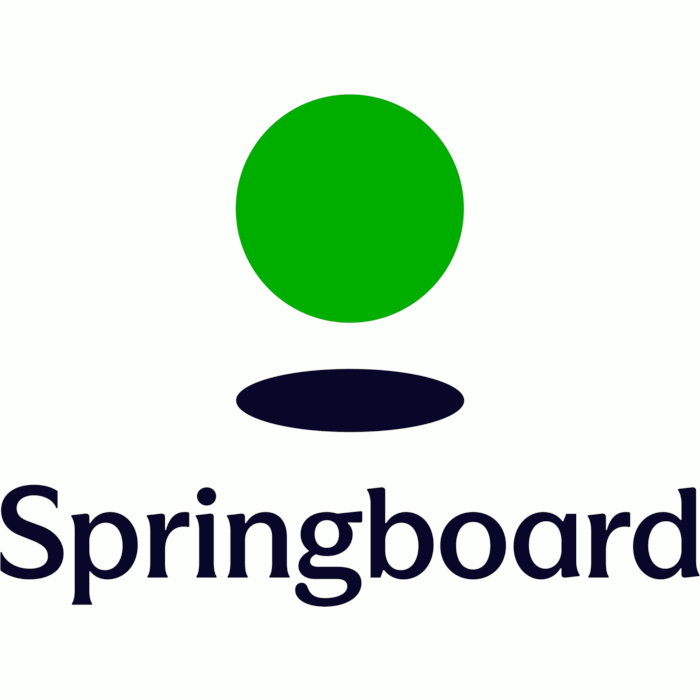Course Description: Game Design and C# Scripting with Unity
Want to make video games?
GREAT! THEN LEARN UNITY.
THE LEADING GLOBAL GAME INDUSTRY SOFTWARE.
Unity Technologies is revolutionizing the game industry with Unity, the breakthrough development platform for creating games and interactive 3D and 2D experiences like training simulations and medical and architectural visualizations, across mobile, desktop, web, console and other platforms.
The Unity engine is far and away the dominant global game development software.
More games are made with Unity than with any other game technology.
More players play games made with Unity
More developers rely on our tools and services to drive their business.
This class will introduce you to Unity. We will cover some of the most basic concepts for Unity such as the user interface, adding models, animations, character rigging, materials and components and much more.
The course is project-based, so you will not just be learning dry programming concepts, but applying them immediately to real indie games as you go.
Unit 1: Scripting
You will begin by learning basic programming concepts (You will progress to create detailed code for your projects bringing your objects to life. You will be writing step-by-step instructions for each object to do something. Scripts will define the behavior of the objects. We will cover the following concepts in this unit: Variables, Operations, Conditionals, Iterations, Methods, Input, Local Components and other Objects.
Unit 2: Software Introduction and Setup
Welcome video and game lists. Defining the Unity ecosystem. Installing Unity. Unity on a Mac, compared to Unity on a PC. Navigation, Unity, your files and your IDE. Mono developer. Saving and closing projects
Unit 3: Game Objects, Models, Materials and Textures
Dimensions and Coordinate Systems, Games Objects, Transforms, the basics of models, textures, shades and materials
Unit 4: Terrains, Environments
Terrain generation, terrain textures, generating trees and grass, applying environment effects, adding character controllers
Unit 5: Lights and Cameras and Making your First Game
Lights and Cameras then straight into designing and creating your world, add “gamification”, then tes and play your game.
Unit 6: Collisions and Game 2
After wrapping up the idea of objects colliding you will then happy all your new Unity skills to create your 2nd game. In this game you will build an arena, add game entities, control objects, and figure out how to improve on your game.
Unit 7: Prefabs and 2D Game Tools
Prefab Basics, the basics of 2D games, orthographic cameras, adding sprites, draw order, 2D Physics
Unit 8: User Interface and Game 3
Basic User Interface (UI) principles, The Canvas, UI Elements, Canvas Render Modes, Design your world, add controls and improve on your game
Unit 9: Particle Systems and Animations
Particle Systems and Modules, the Curve Editor, Animation Basics, Types and Tools
Unit 10: More Animations and Game 4
Animator Basics, Configuring your assets, Creating your Animator, Scripting your Animator. Design your world, add your controls, improve on your game.
Unit 11: Audio
Audio Basics, sources and scripting
Unit 12: Mobile
This unit covers the development for mobile devices specifically. If you do not have a mobile device (iOS or Android), you will no be able to follow along with any of the hands-on exercises. Don’t worry though the class will still make sense. You just won’t be able to play with them.
Unit 13: Game Revision, Polish, Deploy and Wrap Up
Cross-Platform input for all 4 games, Managing multiple scenes, persisting data and objects, player settings, building and deploying your game. Look back and summarize your journey. Share your work with others. Figure out the next steps.









